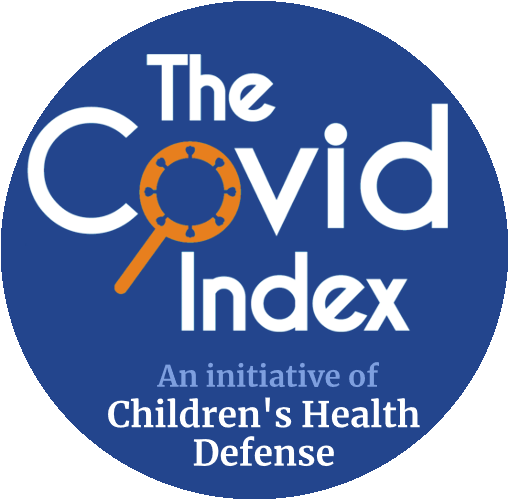"Highlights
Lipid nanoparticles (LNPs) probably have a broad distribution in human tissues/organs; they may also (along with the packaged mRNA) exert a proinflammatory action.
COVID-19 mRNA vaccines encode a transmembrane SARS-CoV-2spike(S) protein; however, shedding of the antigen and/or related peptide fragments into the circulation may occur...
[P]rospective pharmacovigilance and long-term monitoring of vaccinated recipients should be a public health priority...
Anti-SARS-CoV-2 mRNA vaccines and their reported adverse effects
... Although rare, AEs include serious clinical manifestations such as acute myocardial infarction, Bell’s palsy, cerebral venous sinus thrombosis, Guillain–Barré syndrome, myocarditis/pericarditis (mostly in younger ages), pulmonary embolism, stroke, thrombosis with thrombocytopenia syndrome, lymphadenopathy, appendicitis, herpes zoster reactivation, neurological complications, and autoimmunity (e.g., autoimmune hepatitis and autoimmune peripheral neuropathies...
There is also evidence that ionizable lipids within LNPs can trigger proinflammatory responses by activating Toll-like receptors (TLRs). A recent report showed that LNPs used in preclinical nucleoside-modified mRNA vaccine studies are (independently of the delivery route) highly inflamatory in mice, as evidenced by excessive neutrophil infiltration activation of diverse inflammatory pathways, and production of various inflammatory cytokines and chemokines...
"Vaccine-encoded antigen distribution in the human body and possible interactions with human proteins
Following vaccination, a cell may present the produced S protein (or its subunits/peptide fragments) to mobilize immune responses or be abolished by the immune system (e.g., cytotoxic T cells). Consequently, the debris produced, or even the direct secretion (including shedding) of the antigen by the transfected cells, may release large amounts of the S protein or its subunits/peptide fragments to the circulation (Figure 1). The anti-SARS-CoV-2 vaccine mRNA-containing LNPs are injected into the deltoid muscle and exert an effect in the muscle tissue itself, the lymphatic system, and the spleen, but can also localize in the liver and other tissues from where the S protein or its subunits/peptide fragments may enter the circulation and distribute throughout the body...
Concluding remarks . . . Finally, as we essentially do not know for how long and at what concentration the LNPs and the antigen(s) remain in human tissues or the circulation of poor vaccine responders the elderly, or children (see Outstanding questions), and given the fact that cellular immunity likely persists despite reduced in vitro neutralizing titers... boosting doses should be delivered only where the benefit–risk profile is clearly established."
© 2022 Elsevier Ltd. All rights reserved.
Since January 2020 Elsevier has created a COVID-19 resource centre with free information in English and Mandarin on the novel coronavirus COVID-19. The COVID-19 resource centre is hosted on Elsevier Connect, the company's public news and information website. Elsevier hereby grants permission to make all its COVID-19-related research that is available on the COVID-19 resource centre - including this research content - immediately available in PubMed Central and other publicly funded repositories, such as the WHO COVID database with rights for unrestricted research re-use and analyses in any form or by any means with acknowledgement of the original source. These permissions are granted for free by Elsevier for as long as the COVID-19 resource centre remains active.
